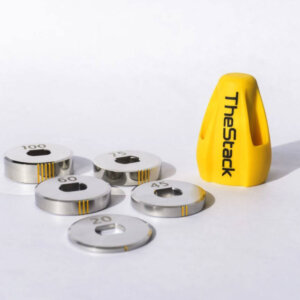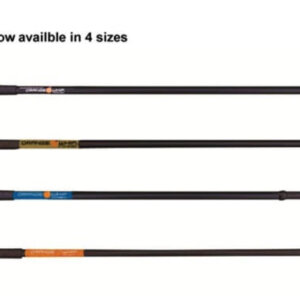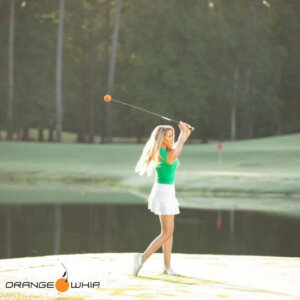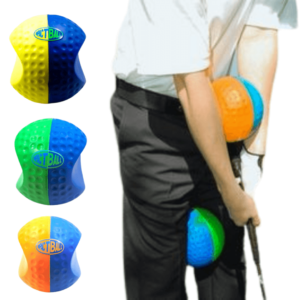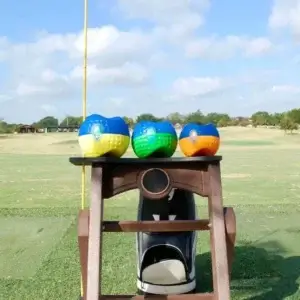The History of Golf Clothing
From the clubs to the courses to the caddies, with so many different components and products to golf, it can be all too easy to overlook a key aspect of the game: the clothes.
Have you ever wondered, for example, why golfers wear the clothes they do?
Well, that’s what we’re here to discuss today.
While it may be true that sponsorship plays a huge part in the modern-day game, the overall look and style of golf clothes is something that has become synonymous with the sport over the years. So, why is that? And where did it originate from?
Well, join us and we’ll reveal all, highlighting some of the key golfing fashion milestones along the way.
1764 – 1918: The Origins of Golf Clothing
Back when the sport of golf was first born in Scotland in 1764, many of the early golfers of the time had no choice but to wear clothing that helped battle the elements.
From the strong winds endured on courses like St. Andrews to the torrential rain felt on courses like the Royal Dornoch, there were no indoor golf simulator systems available back then so the players would originally dress in short pants that ended below the knee (known as knickerbockers) partnered with a heavy tweed jacket.
They would also wear a shirt with a starched collar and often a necktie. Then, sturdy shoes and tweed caps would help them navigate the thick terrain of the courses they were playing on.
1918 – 1930: The Well-Dressed Golfer Arrives
Back in 1918, a Vanity Fair advertisement first described golfers as ‘well-dressed’, highlighting the style for men at the time to wear a single-breasted jacket, waist-coat and – of course – a pair of knickerbockers. Cotton long stockings and golf shoes would then often be worn as well, with a golf cap completing the outfit.
However, it took a few years for this style to properly take off – it wasn’t until the mid-1920s before some of the more established players opted to dress in this way.
In fact, if anything, they went more overboard with their looks, distinguishing themselves by creating formal outfits that featured knitted cardigans, flamboyant shirts, ties, longer knickers, patterned golf socks, and two-tone shoes.
1930 – 1933: Goodbye Neckties, Hello Slacks
Later on, during the 1930s, golfers started to move away from the traditional knickers-look, with many instead moving towards wearing flannel trousers or ‘slacks’ – typically white or grey in appearance. At the same time, there was also a movement away from neckties, something that has stayed the same way ever since.
Then, in 1933, the first movement towards more casual attire was seen during the US Open of the same year – a competition which, at the time, was played during a heatwave.
Because of the high temperatures and good weather, many of the tournament’s participants decided to abandon wearing more traditional, heavier clothing in favour of more lightweight, casual wear. It was this moment that then went on to define the styles of clothing we see today.
The 1940s – Present: Casual Reigns Supreme
Ever since the 1940s, golf clothing has remained relatively the same to this day, with many pro-golfers favouring short-sleeved knitted shirts, lightweight slacks, sturdy spiked shoes, and hats with a brim.
Later on in the 20th century, ‘Eisenhower’ jackets become popularised too and were largely seen worn on some of the winter courses and driving ranges, alongside the ever-popular cardigan sweater.
During the more warm-weather competitions, many golfers began to wear khakis with colourful shirts and, in some instances, even shorts for the first time.
Then, as clothing technology began to gradually progress, many of the traditional fabrics used to produce golfing clothes were replaced with more contemporary materials, capable of wicking moisture and improving air circulation around the body.
Here at Golf Swing Systems, we understand how important the right attire can be to perfecting your swing. This is why we offer the Golf Swing Shirt – a quick yet effective way of connecting with your ball like a pro. Get in touch with us to find out about this product and more.


